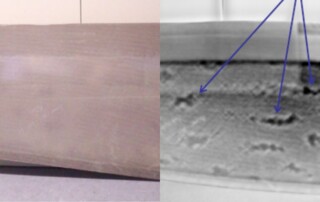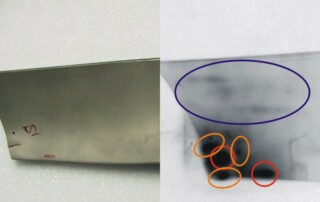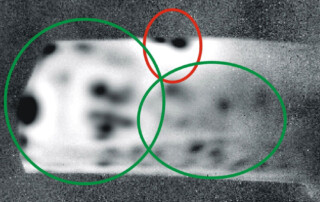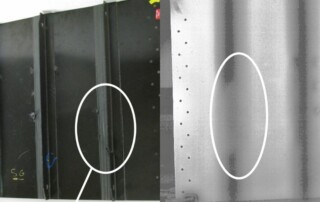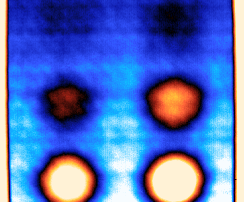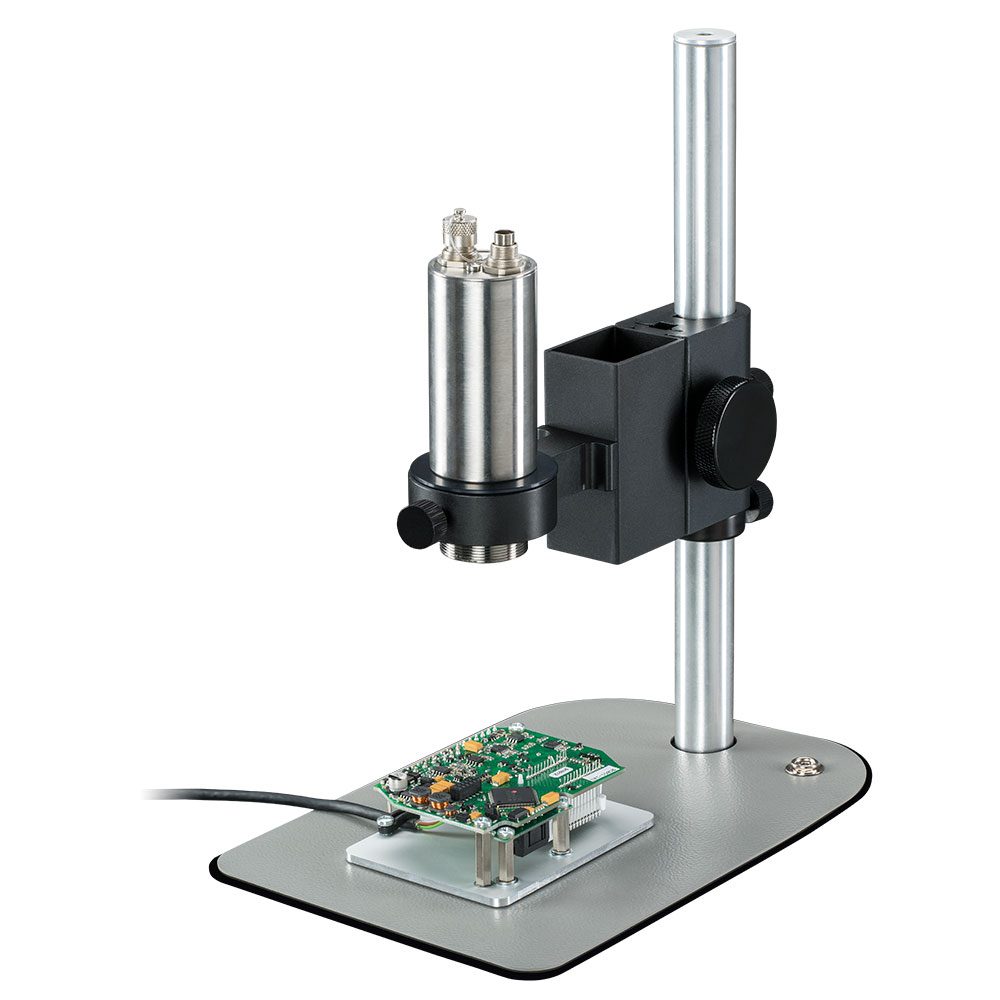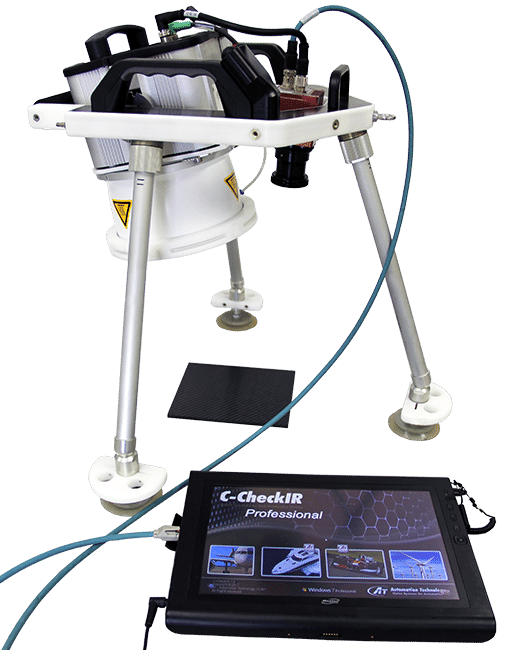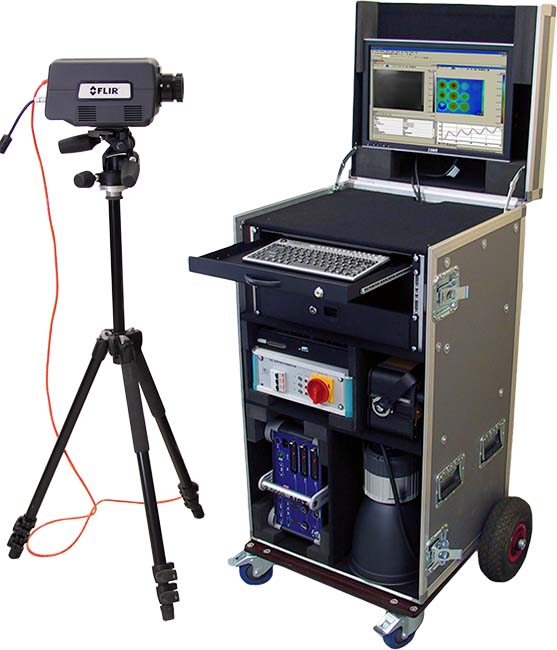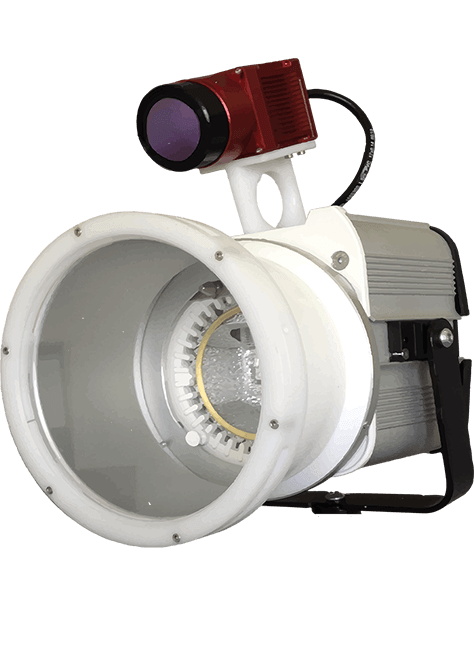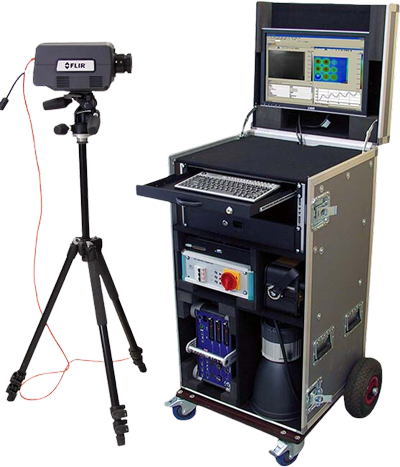
Modular irNDT System for Enhanced Inspections
irNDT Inspection System
MoviTHERM’s infrared non‐destructive testing (irNDT) systems use active thermography for the reliable detection of delaminations, impact damages, “near side” defects, water inclusions, debondings, and other defects.
The system achieves precise measurements and is ideal for inspecting composites, metals, semiconductors, microelectronics, batteries, and ceramics.
Our irNDT system accommodates a wide range of irNDT measurement methods, including: Flash‐Thermography, Lock‐In Thermography, Transient Thermography, and Vibro‐Thermography. It also works with multiple excitation sources and with cooled or uncooled infrared camera systems.
Features:
- Non‐contact irNDT
- Works with cooled and uncooled IR Cameras
- Compatible with multiple irNDT methods
- Effective even on low emissivity targets
- Modular hardware and software
- Configurable for different geometries and materials
Non-Contact Defect Detection
Active thermography reveals the most subtle defects that are visibly undetectable.
Flexible & Expandable
Upgrade a system by adding excitation sources, irNDT methods, and higher end IR cameras
irNDT Made Easy
Complex analysis technology is simplified for dependable inspection results.
What is Active Thermography?
Active thermography is an effective method for non-destructive testing of materials involving the induction of heat flow in a test object by external excitation. The heat flow within the test object is influenced by internal conditions and measured on the surface by an IR camera. This technique detects not only the smallest surface defects, but also internal structural defects under the surface.
Active vs Passive Thermography
Active and passive thermography are techniques used for detecting heat patterns and abnormalities in various applications. While passive thermography relies on naturally occurring temperature changes, active thermography introduces an external energy source to create thermal contrast.
Materials irNDT Can Inspect
Detecting Defects in Composites with Infrared Non-Destructive Testing
Infrared Non-Destructive Testing (irNDT) is a game-changing technique for detecting defects in composite materials, allowing engineers to uncover subsurface issues such as delamination, voids, and internal cracks without causing damage. With rapid and large-scale inspections, real-time monitoring capabilities, and quantitative data analysis, irNDT ensures improved safety and reliability in various industries reliant on composite structures. Its non-contact and non-destructive nature further makes it an indispensable tool for maintaining the structural integrity and longevity of composite materials, providing peace of mind for critical applications in aerospace, automotive, marine, and beyond.
| Inspection Material | Detection | NDT Technique | Excitation Source |
|---|---|---|---|
| Composites | Surface defects, Internal subsurface defects, voids, disbonds, delaminations, water ingress | Transient | Halogen Lamp |
| Surface defects, delaminations, cracks, porosity, disbands. | Pulse | Xenon lamp with power source | |
| Small surface defects, small subsurface defects, delaminations, voids, disbonds, inclusions. | Lock-in | Halogen Lamp |
Resources You Might Find Helpful
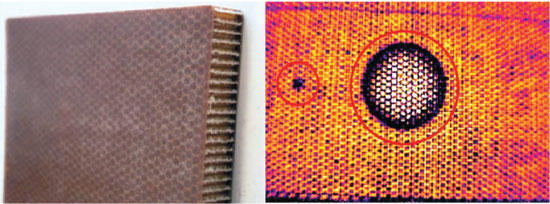
Inspecting Metals with Infrared Non-Destructive Testing
Infrared Non-Destructive Testing (irNDT) is an indispensable method for inspecting metals across various industries, providing rapid, non-contact, and non-destructive detection of surface and subsurface flaws, material integrity assessment, and analysis of temperature variations. With its ability to efficiently identify defects and irregularities while preserving structural integrity, irNDT ensures cost-effective maintenance, improved safety, and enhanced reliability of metal components, making it an invaluable asset in manufacturing, construction, aerospace, and other critical sectors.
| Inspection Material | Detection | NDT Technique | Excitation Source |
|---|---|---|---|
| Metal | Welded Seams, corrosion, fatigue damage, inclusions, voids, cracks. | Pulse | Xenon lamp with power source |
| Welded Seams, corrosion, fatigue damage, inclusions, voids, cracks. | Transient | Ultrasonic Horn Eddy current |
|
| Fine defects, cracks, voids inclusions. | Lock-in | Ultrasonic Horn Eddy current |
Resources You Might Find Helpful
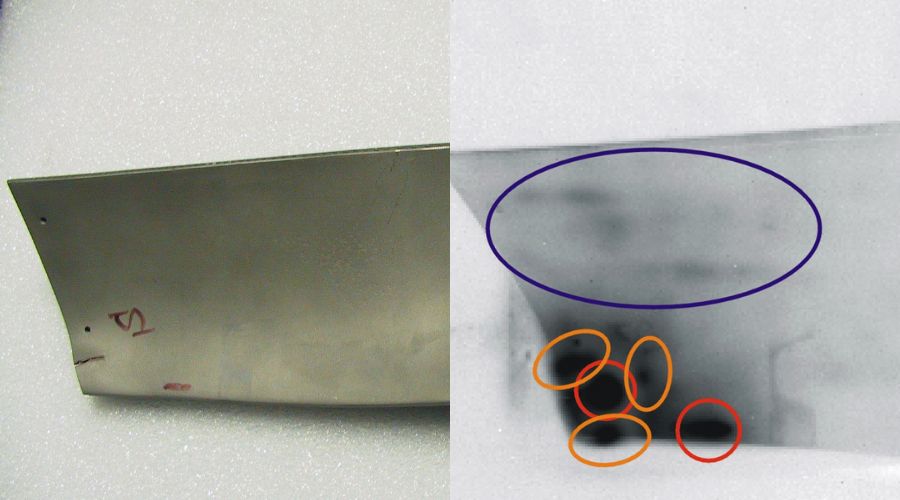
Inspecting Semiconductors with Infrared Non-Destructive Testing
Infrared Non-Destructive Testing (irNDT) plays a vital role in inspecting semiconductors, offering precise and non-invasive evaluation of these critical electronic components. irNDT enables engineers to detect temperature variations, identify hotspots, and assess thermal distribution within semiconductor devices, uncovering potential defects and abnormalities that might impact performance and reliability. By employing IRNDT, technicians can quickly analyze a large number of semiconductor components without causing any damage, ensuring optimal functionality, and enhancing the quality control process in semiconductor manufacturing, ultimately leading to enhanced product performance and customer satisfaction.
| Inspection Material | Detection | NDT Technique | Excitation Source |
|---|---|---|---|
| Semiconductor | Cracks, shunts, delaminations, inclusions, voids, dislocations, defective junctions. | Lock-in | Halogen Lamp |
Resources You Might Find Helpful
Inspecting Microelectronics with Infrared Non-Destructive Testing
In the realm of microelectronics, Infrared Non-Destructive Testing (IRNDT) proves to be an invaluable tool for ensuring the integrity and reliability of intricate electronic devices. With its non-invasive nature, IRNDT allows for the detection of hidden flaws, faulty connections, and thermal irregularities within microelectronic components, including integrated circuits, microprocessors, and printed circuit boards. By capturing and analyzing thermal patterns, IRNDT enables engineers to pinpoint potential defects and diagnose performance issues swiftly, contributing to efficient quality control and enhanced product reliability in the ever-evolving field of microelectronics manufacturing.
| Inspection Material | Detection | NDT Technique | Excitation Source |
|---|---|---|---|
| Microelectronics | Shorts, faulty components, current bleed. | Lock-in | Programmable Power Supply |
| Micron size defects | Lock-in | Laser |
Resources You Might Find Helpful
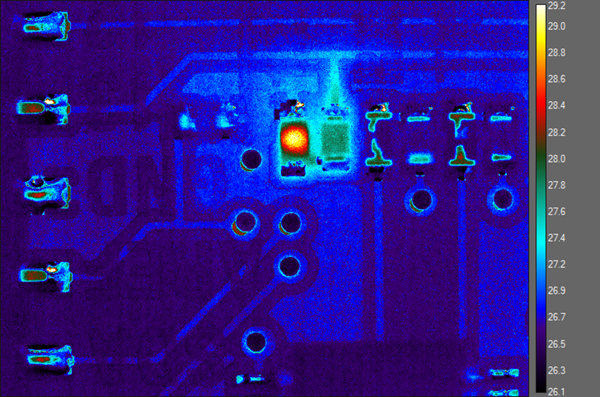
Inspection of Batteries with Infrared Non-Destructive Testing
Infrared Non-Destructive Testing (irNDT) emerges as a vital technique for assessing the health and safety of batteries. irNDT enables technicians to non-invasively analyze battery packs, modules, and individual cells, accurately detecting thermal anomalies, cell imbalances, and potential internal defects. By monitoring temperature variations and thermal profiles, irNDT allows for early identification of overheating issues and potential battery degradation, facilitating proactive maintenance and enhancing the overall performance and safety of battery systems in diverse applications, from electric vehicles to renewable energy storage. This precise and non-contact inspection approach is instrumental in ensuring the reliability and longevity of battery technology, playing a crucial role in advancing the sustainability and efficiency of modern energy solutions.
| Inspection Material | Detection | NDT Technique | Excitation Source |
|---|---|---|---|
| Batteries | Electrode contamination, coating thickness variation, cracks, fractures. | Pulse | Xenon lamp with power source |
| Electrode tab weld quality, cell weld quality. | Lock-in | Programmable Power Supply |
Resources You Might Find Helpful
Inspecting Ceramics with Infrared Non-Destructive Testing
In the ceramics industry, where high-performance materials are crucial, Infrared Non-Destructive Testing (irNDT) is a vital method for checking structural integrity and identifying potential issues. irNDT can detect flaws, cracks, and temperature irregularities in ceramic components like tiles and refractories without causing any damage. By analyzing thermal patterns, engineers can uncover hidden defects and ensure the reliability and durability of ceramics used in aerospace, engineering, construction, and electronics. irNDT’s quick and precise inspections make it essential for quality control and maintenance, driving advancements in ceramic material science and applications.
| Inspection Material | Detection | NDT Technique | Excitation Source |
|---|---|---|---|
| Ceramics | Cracks | Transient | Ultrasonic Horn |
Resources You Might Find Helpful
Enhance Your Inspection Capabilities
How does it work?
How does the system work?
MoviTHERM’s modular irNDT system works by utilizing active thermography. A heat source provides the inspected material with a thermal excitation. The flow of thermal energy through the material has a direct effect on surface temperatures. The surface temperature is recorded over a certain time period with an infrared camera and analyzed by the irNDT software.
The software produces an image that provides information about the internal structure of the material.
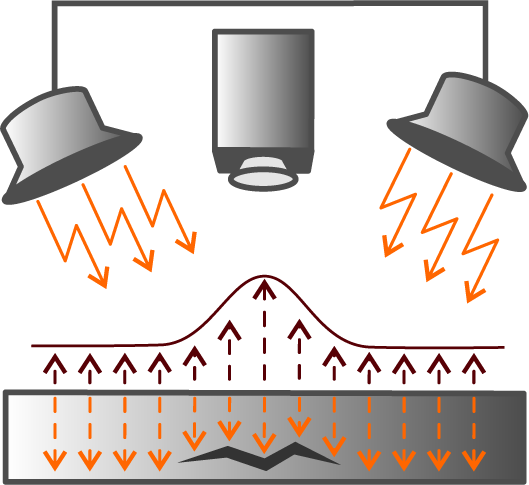
The Software Interface
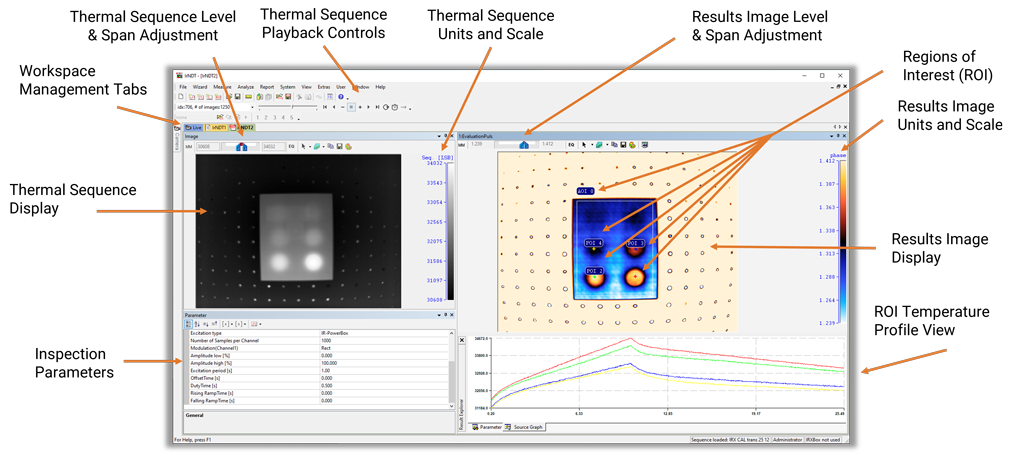
Ready to get started?
You’re steps away from enhancing your inspection capabilities!
Schedule a Consultation
Unveiling Your Requirements
Let’s discuss your needs – material type, defects to identify, and test object size and positioning.
Paid Feasibility Study
Witness the Potential
Experience the system’s potential with our comprehensive evaluation of your materials. Study cost is discounted from the system if you proceed.
Quotation
Your Customized irNDT System
Receive a customized irNDT system quote tailored to your requirements and budget.
Compatible IR Cameras
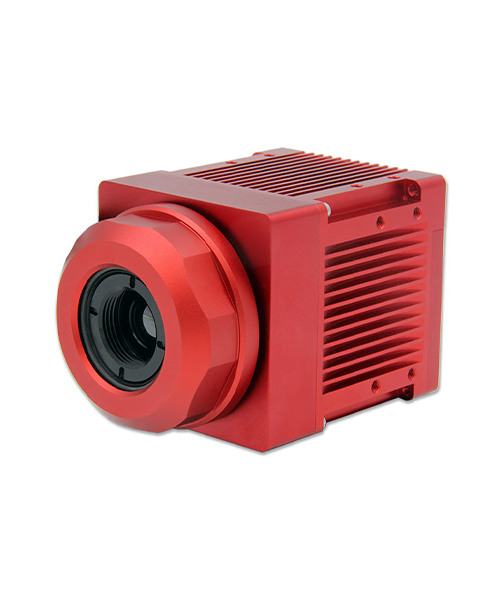
Uncooled IR Camera
IRSX Smart Camera
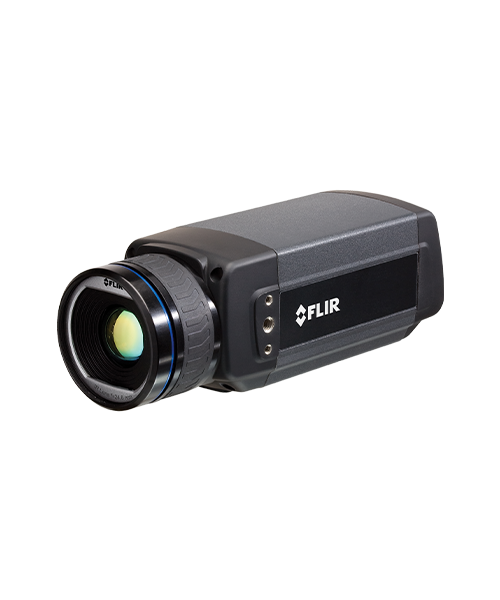
Uncooled IR Camera
FLIR A615
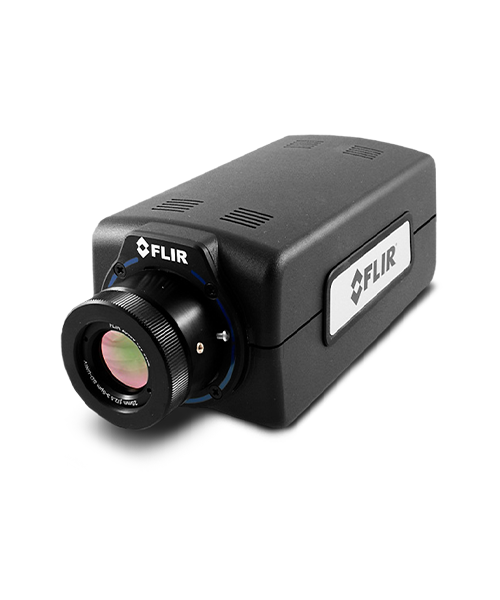
Cooled IR Camera
FLIR A6xxx Series
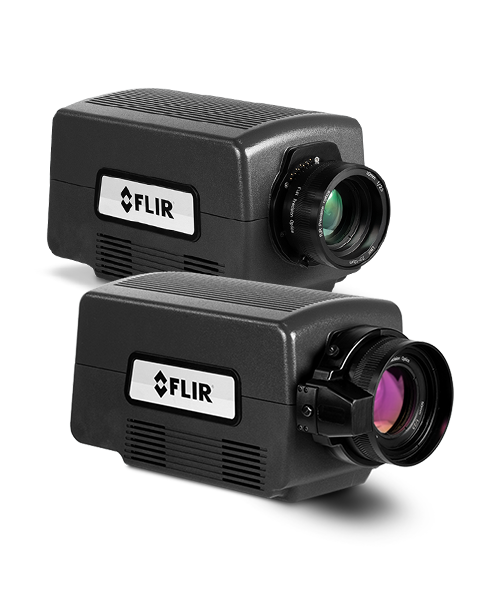
Cooled IR Camera
FLIR A8xxx Series
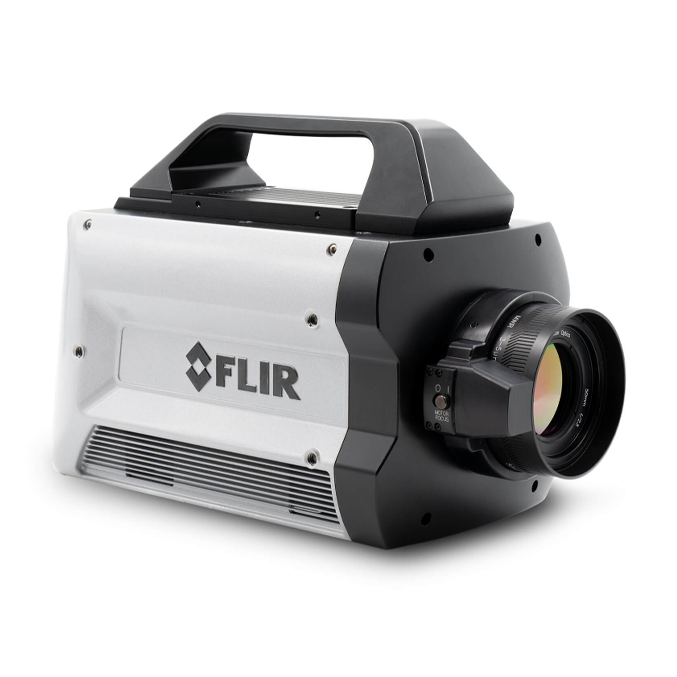
Cooled IR Camera
FLIR X Series
Compatible Excitation Sources
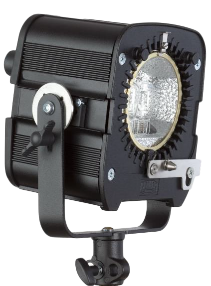
Halogen Lamp
Used for: Transient, Lock-In
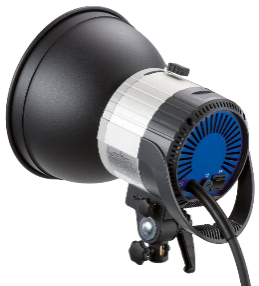
Xenon Lamp
Used for: Flash
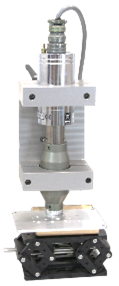
Ultrasound
Used for: Transient, Lock-In
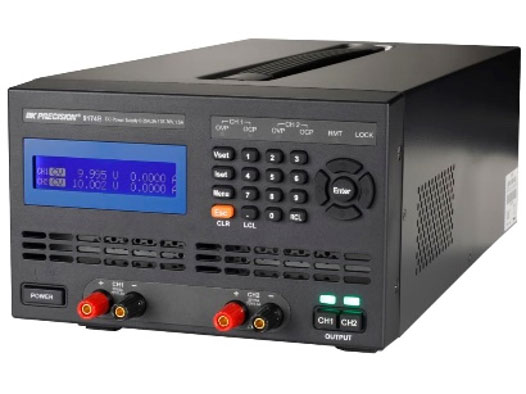
Power Supply
Used for: Lock-In
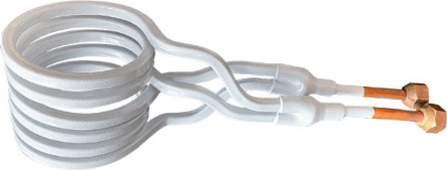
Eddy Current
Used for: Transient, Lock-In

Laser
Used for: Lock-In
Modular irNDT System for Enhanced Inspections
irNDT Inspection System
MoviTHERM’s infrared non‐destructive testing (irNDT) systems use active thermography for the reliable detection of delaminations, impact damages, “near side” defects, water inclusions, debondings, and other defects.
The system achieves precise measurements and is ideal for inspecting composites, metals, semiconductors, microelectronics, batteries, and ceramics.
Our irNDT system accommodates a wide range of irNDT measurement methods, including: Flash‐Thermography, Lock‐In Thermography, Transient Thermography, and Vibro‐Thermography. It also works with multiple excitation sources and with cooled or uncooled infrared camera systems.
Features:
- Non‐contact irNDT
- Works with cooled and uncooled IR Cameras
- Compatible with multiple irNDT methods
- Effective even on low emissivity targets
- Modular hardware and software
- Configurable for different geometries and materials

